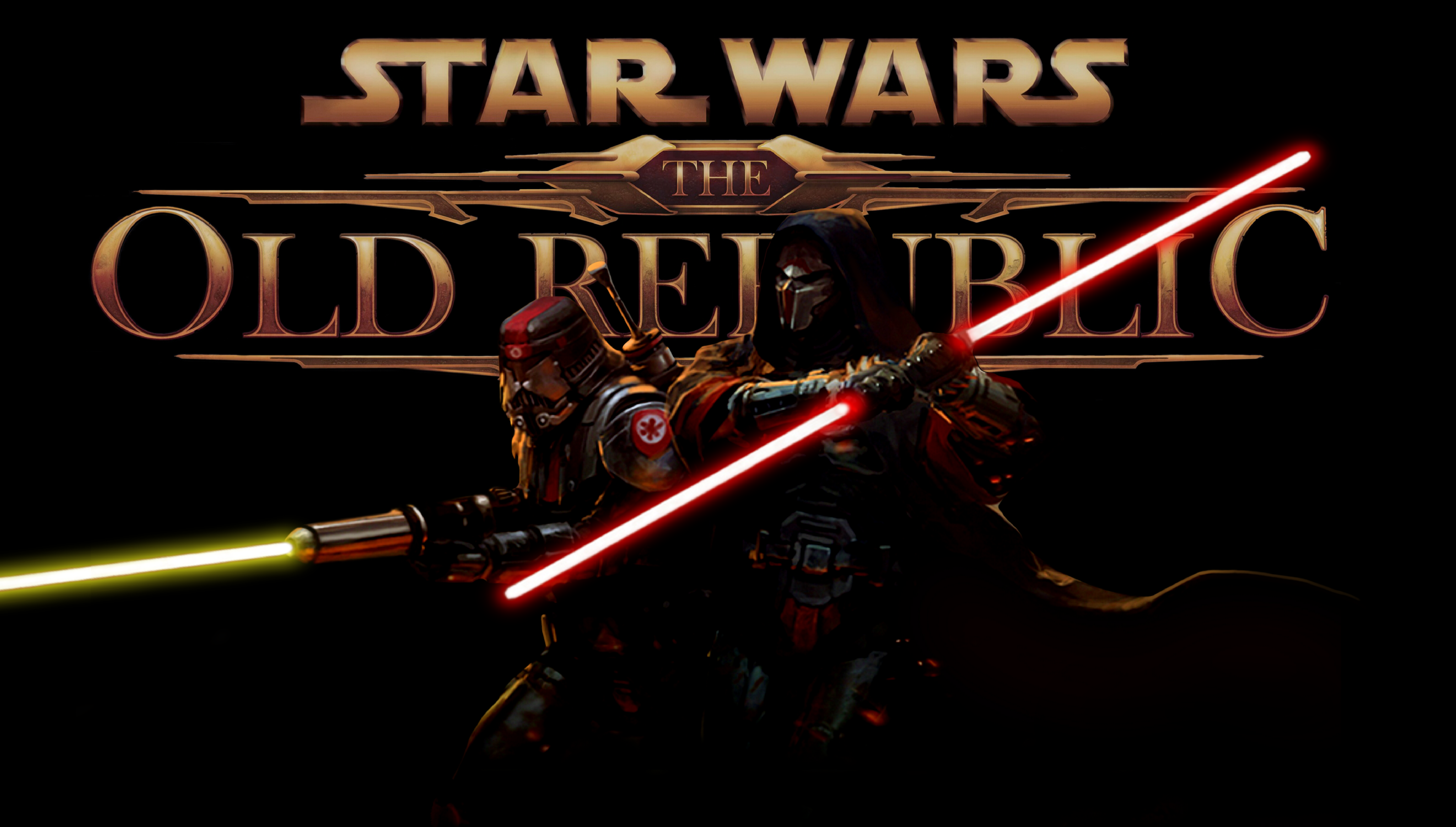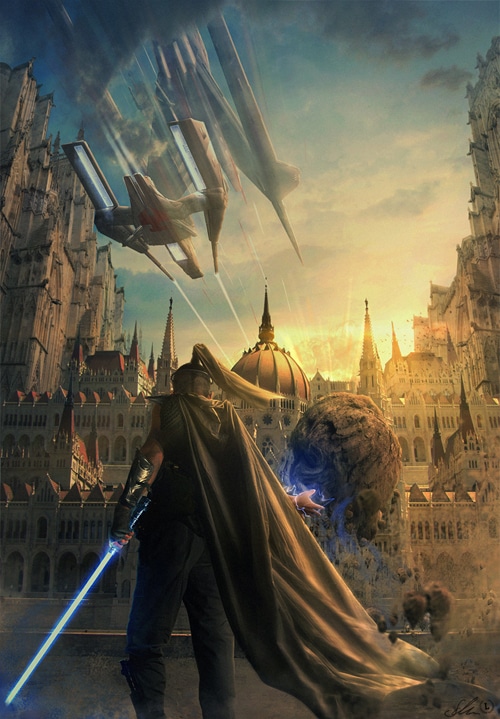

She uses it only as a means to an end: "I use it as I would use a poison, and in the hopes of understanding it, I will learn the way to kill it.” Perceiving the Force as a malevolent entity is something that has never been explored within the canon franchise, and it is an incredibly compelling view of one of the key elements of the Star Wars Universe - far more compelling than the “midichlorian” explanation of the Force in the prequel trilogy. Kreia views the Force as a conscious entity with a will to control the destiny of living beings, and that as an entity, it is consciously cruel. She has a very unique and un-Jedi like view of the galaxy, and the player quickly learns that she despises the Force.
/cdn.vox-cdn.com/uploads/chorus_image/image/46797286/kotor_2.0.0.jpg)
KOTOR II explores the Force in ways the film franchise has never doneRegardless of whether you choose to play the Exile as a light or dark side character, Kreia is your mentor throughout the bulk of the game. It is a genuine lose-lose situation that almost perfectly depicts the hopelessness that is present throughout the game. Struggle can help one grow stronger, and who are we to take away that opportunity to develop strength? Is it compassion, or is it selfishness? As Kreia imparts her wisdom to the Exile, we are granted a Force vision depicting what happens to the man should you take pity on him: He is mugged for the credits, and left beaten to die in the streets. By giving him something he has not earned, perhaps all you have helped him become is a target.” While it’s easy to dismiss her words as cruel, they hold within them a sense of logic. Even an act of kindness may have more severe repercussions than you know or see. The slightest push, the smallest touch, sends echoes throughout life. Giving him what he has not earned is like pouring sand into his hands. If you accede to his request and give him some credits, your mentor Kreia admonishes the Exile: "Why did you do such a thing? Such Kindnesses will mean nothing, his path is set. As soon as you land on the thriving, Hutt controlled moon in orbit of Nul Hutta, you’re approached by a poverty-stricken refugee who begs for credits. The hopelessness present in the universe during this period of time is none more evident than during the portion of the game that takes place on Nar Shaddaa. I contest that KOTOR II isn’t just the Star Wars franchise’s best depiction of greyness in the franchise – it’s the franchise’s best story outright.

In fact, the greyness of the Star Wars universe was perhaps best represented by a video game: Star Wars: Knights of the Old Republic II – The Sith Lords, now sadly relegated to the non-canon status of “Star Wars Legends” in the new Disney order of things. But here’s the thing: The Last Jedi isn’t the first story within the Star Wars franchise to do this – far from it. The Last Jedi, after all, almost completely dismisses the concept of black and white, choosing instead to colour its story and characters in shades of grey. The Last Jedi presents these in a way that tends to go against some of the more commonly accepted tropes that are present in the other films. Think about the key elements of the Star Wars universe - the Force, the Jedi, the ongoing conflict between the light side and the dark side. The divisive response got me thinking: what makes a Star Wars story good? Personally, I rather enjoyed The Last Jedi, although I can certainly understand the perspectives of those that didn't the way Rian Johnson chose to portray Luke Skywalker is perhaps, the perfect example.


 0 kommentar(er)
0 kommentar(er)
